Editors’ Picks





Found in Robotics News & Content, with a score of 0.87
…conferences in the U.S. since the onset of the COVID-19 pandemic more than a year and a half ago. About 650 people attended the Autonomous Mobile Robots and Logistics Conference put on by the Association for Advancing Automation (A3) and 60 exhibitors and sponsors led by FedEx Corp. A3's AMR & Logistics event included programming intended to help companies get started with automation, as e-commerce demand has climbed, supply chains grapple with disruptions, and both robotics vendors and end users struggle to find skilled labor. The global market for automated guided vehicles (AGVs) and autonomous mobile robots (AMRs) could experience…
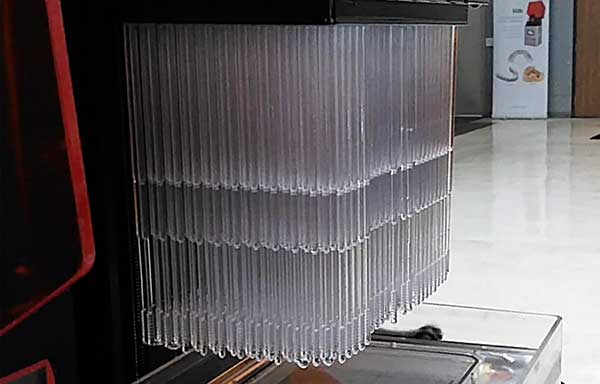
Found in Robotics News & Content, with a score of 0.86
…use the EnvisionTEC 3D printed nasopharyngeal (NP) swabs for COVID-19 testing. EnvisionTEC, as well as a growing number of their Envision One cDLM customers who have also registered with the FDA to take part in this endeavor, have the mass production capabilities to produce up to a million of the swabs per day. EnvisionTEC worked with Beth Israel Deaconess Medical Center (BIDMC) to develop a swab design and material to be printed on their Envision One cDLM 3D printer. The Envision One is capable of producing up to 2,400 swabs in 24 hours. This leads to a production capacity of…
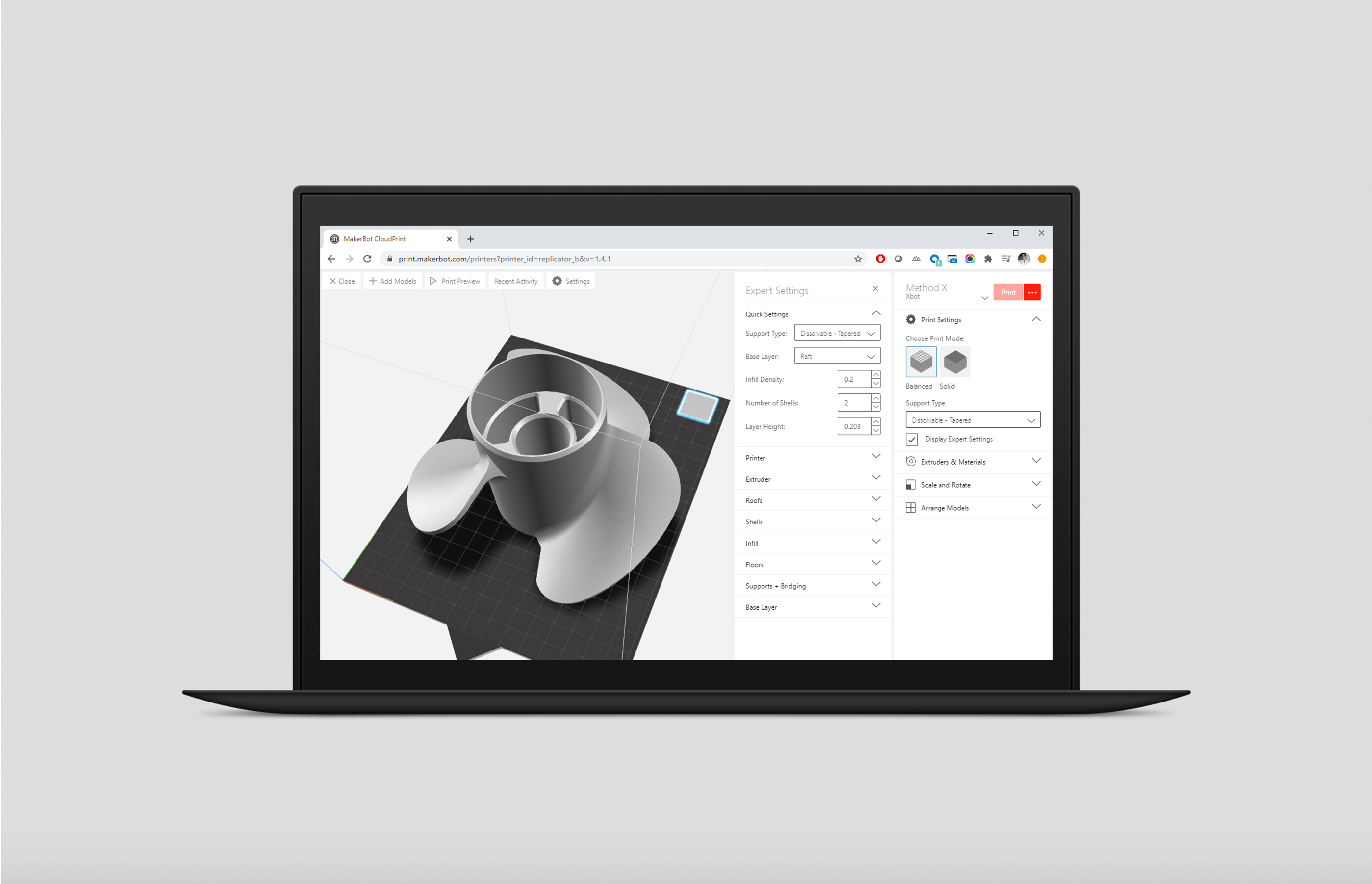
Found in Robotics News & Content, with a score of 0.86
…accelerated by the remote working conditions brought on by COVID-19, calls for an easier way to scale 3D printer accessibility as well as providing a boost to productivity as 3D printing is integrated into design, prototyping, and production workflows. “Businesses are becoming more dispersed and remote-based, which is further exacerbated by the COVID pandemic,” says Jason Chan, director of product management at MakerBot. “CloudPrint allows engineers and designers to continue to collaborate remotely by leveraging the connectivity of the cloud. While not everyone may have physical access to a printer, CloudPrint provides these users access to the company’s printers.” With…
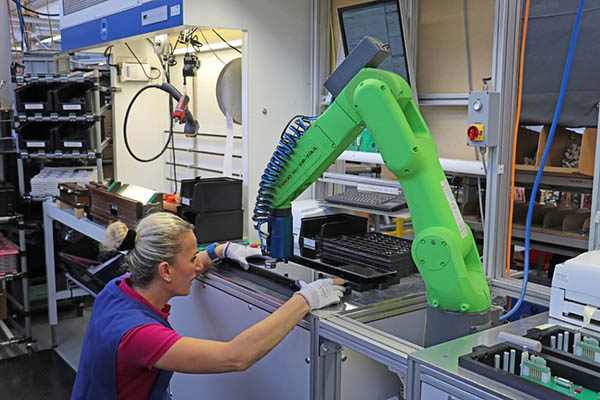
Found in Robotics News & Content, with a score of 0.85
Despite the COVID-19 pandemic, sales of industrial robots grew in 2020, reported the International Federation of Robotics today. The number of robots operating in factories worldwide increased by 10% to a total of 3 million, according to the World Robotics 2021 Industrial Robots report. Sales grew a mere 0.5% last year, with 383,500 units shipped globally. The growth in China offset the contractions of other markets, said the IFR. The past year was the third most successful year in history for the robotics industry, following 2018 and 2017. Annual turnover of robots was more than $50 billion last year, including…
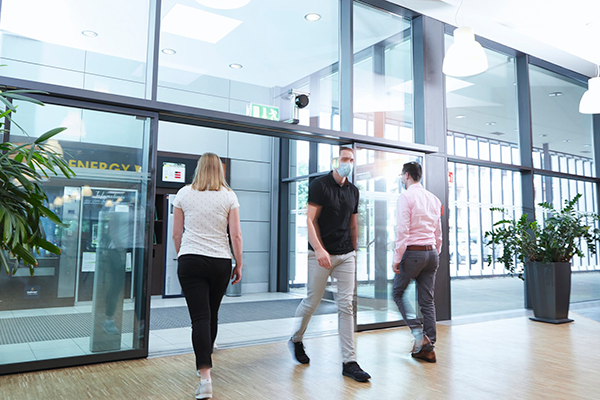
Found in Robotics News & Content, with a score of 0.85
…many different solutions proposed and implemented already. Due to COVID-19, it has become the new normal to conduct temperature checks of each employee, practice social distancing by ensuring employees stay six feet apart, monitoring occupancy levels, and keeping track of cleaning efforts to sanitize stations more frequently. Some have even staggered shifts to avoid having too many people on the DC floor at one time. But many are looking to technology for a more permanent solution. One such example is the use of wristbands that vibrate to alert a worker when someone is too close. This method may work, but…
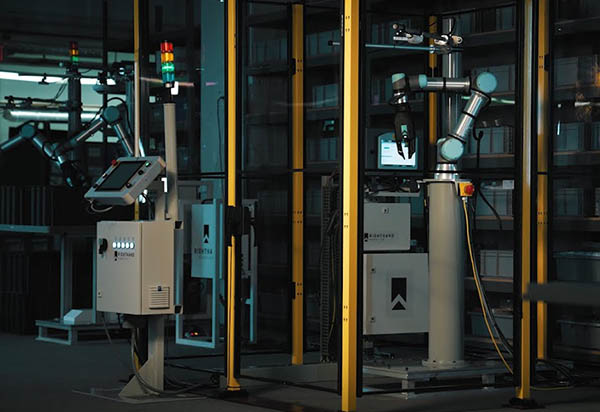
Found in Robotics News & Content, with a score of 0.84
…to worker shortages that were already growing before the COVID-19 pandemic, he said. “Second are ROI [return on investment] and the savings that companies see,” Kaczmarek added. “Automation can reduce costs, lower error rates, and maintain higher uptimes in less than a year, which is attractive payback.” Third are environmental, societal, and governance (ESG) factors, as governments and companies in Europe and worldwide set sustainability goals. “ESG continues to be an important trend,” said Kaczmarek. “Robots can reduce waste, particularly on the transport side. An AutoStore robot consumes less electricity than a vacuum cleaner, for example.” “Lastly, automation can help…

Found in Robotics News & Content, with a score of 0.84
…capture (AIDC) solutions in their warehousing and distribution operations. COVID-19 added fuel to that fire by putting “touch-free” on the front burner for companies that suddenly had to comply with workplace social distancing rules and other requirements. As these changes took place, the AIDC market found itself well positioned to support a physically distanced and touch-free work environment. Comprising equipment (i.e., handheld rugged mobile computers; vehicle-mounted computers; handheld and stationary bar code scanners; and thermal label printers) and mobile solutions (mobile bar code scanners and wearable computers), AIDC is now playing an even bigger role in the modern warehouse and…

Found in Robotics News & Content, with a score of 0.84
…the pandemic A major shock to supply chain operations, COVID-19 exposed the weaknesses of the current supply chain paradigm and forced firms to consider the challenges of rebuilding their supply chains due to supplier exits. For some industries, the pandemic even forced a major rethinking of business models. And while these are all valid pain points, there’s a silver lining to all of this: The pandemic is giving companies a chance to rethink supply chain resilience. In this keynote session, Steven Melnyk, professor of operations and supply chain management at Michigan State University, discusses how companies will rebuild while also…
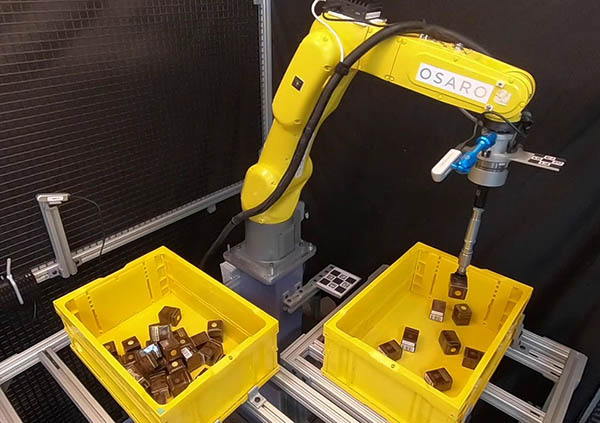
Found in Robotics News & Content, with a score of 0.82
…year because of an e-commerce surge driven by the COVID-19 pandemic. OSARO said this demand has enabled it to secure robotics deployments in seven countries on five continents. OSARO said its systems bring together machine learning for object recognition with control software that adapts to customer data and environments. The company’s robotic piece-picking solution is optimized for warehouses and e-commerce fulfillment centers. Key challenges include high-SKU inventories, complex packaging, and fragile items requiring delicate handling. OSARO added that its systems can enable logistics operators to automate and scale order fulfillment, inventory induction and extraction, sortation, and singulation. The company said…
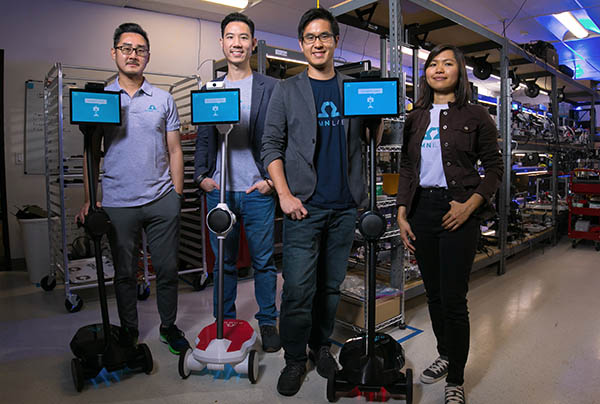
Found in Robotics News & Content, with a score of 0.81
…Inc. Demand for telepresence robots has grown during the COVID-19 pandemic, noted Thuc Vu, CEO of San Jose, Calif.-based OhmniLabs. “One area with a huge increase in demand was manufacturing,” he told Robotics 24/7. “Especially with restrictions on travel and normal business operations, our robots can help people deal with these challenges.” Ohmni built on modular platform Founded in 2015, the company provides telepresence robots that it said are modular, affordable, and can help with remote training. OhmniLabs also provides Ohmni Cloud Solutions for cloud-based fleet management. “When we started, we wanted to build robots for social settings,” recalled Vu.…
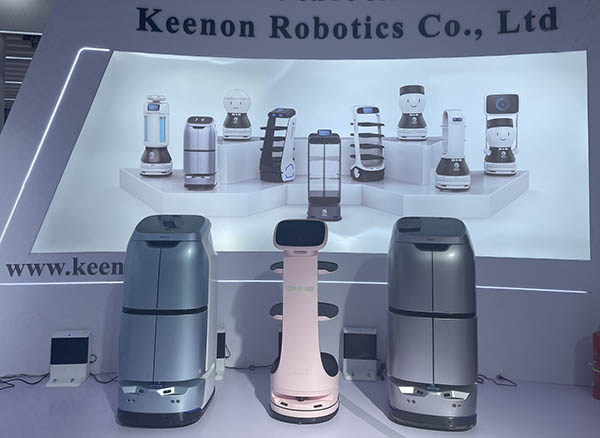
Found in Robotics News & Content, with a score of 0.81
…restaurants, hotels, and hospitals in China and globally.” “The COVID-19 epidemic has significantly changed the way of communication,” said Maxwell Zhou, member of the founding team and executive general manager of CICC ALPHA. “The non-contact economy will become an important development trend in the post-epidemic era.” “With the continuous maturity of positioning and navigation technologies such as laser SLAM [simultaneous localization and mapping] and visual SLAM, commercial service robots represented by food delivery robots will usher in an explosion,” Zhou added. “The intersection of traditional automation with AI unlocks various new applications for robotics beyond typical repetitive tasks,” said Aysar…
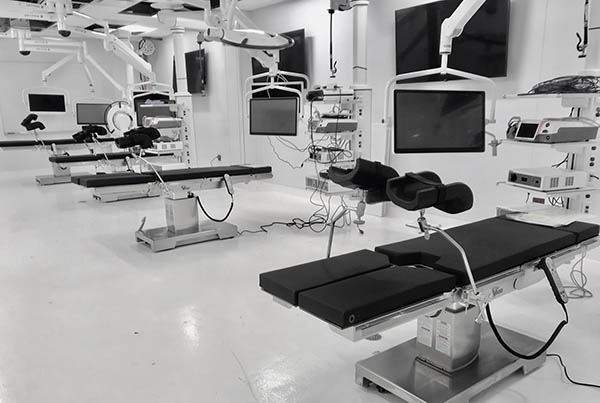
Found in Robotics News & Content, with a score of 0.80
…of its CORI surgical system last year. Despite the COVID-19 pandemic, the launch went smoothly, said Mitra. “We're not in a position to slow our growth,” he added. The company said CORI provides portable, handheld robotics with the smallest footprint, as well as the benefits of artificial intelligence. “CORI includes a lot of improved computing capabilities and fewer human touch points in registration,” Mitra explained. “Because of our advanced algorithms in predicting patients' anatomy, we don't require preoperative CT scans.” Smith+Nephew builds on university connections In 2015, Smith+Nephew acquired Blue Belt Technologies, a spinoff from Carnegie Mellon University (CMU). CMU…



